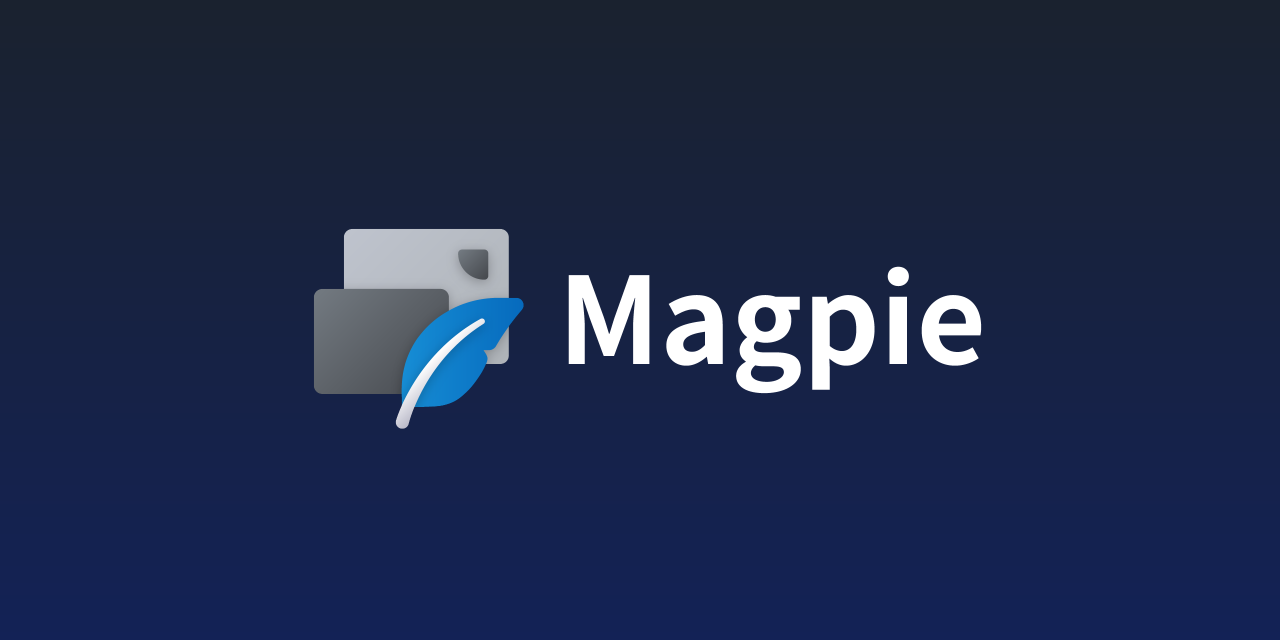In the world of digital content creation, having the right tools can make all the difference. Magpie software, renowned for its versatile effects and powerful customization options, is one such tool. Whether you’re a video editor, a graphic designer, or a digital artist, Magpie offers a suite of features that can elevate your projects to new heights. With a rich library of built-in effects and extensive parameter options, Magpie stands out as a go-to solution for professionals and hobbyists alike.
Understanding Magpie’s Effects Library
At the core of Magpie’s appeal is its extensive effects library. Each effect in Magpie is designed to perform a specific function, from simple transitions to complex visual modifications. The effects are stored in the software’s effects folder, allowing users easy access and organization. This library serves as the backbone of Magpie’s customization capabilities, offering a wide range of tools to enhance your digital creations.
You may read: Mastering RKNN in CPP: Boosting Neural Network Inference
Customizing Effects: Tailoring Tools to Your Needs
One of the standout features of Magpie software is the ability to customize effects through various parameter options. These parameters allow you to adjust the behavior of each effect to suit your specific needs. Whether you want to tweak the intensity of a color correction effect, modify the speed of a transition, or create a unique blend of multiple effects, Magpie provides the flexibility to do so. This level of customization ensures that you can achieve the exact look and feel you desire for your project.
Exploring Key Effects in Magpie
Magpie’s effects library includes a variety of tools that cater to different aspects of digital content creation. Here are some of the key effects you can explore within the software:
- Transition Effects: Smoothly shift from one scene to another with Magpie’s wide array of transition effects. From classic fades to dynamic wipes, these effects help create seamless flows in your videos or presentations.
- Color Correction and Grading: Fine-tune the colors in your project with advanced color correction tools. Magpie allows you to adjust hue, saturation, brightness, and contrast to ensure that your visuals match your creative vision.
- Text and Typography Effects: Add professional text effects to your videos and designs. Whether you need kinetic typography for a title sequence or subtle text animations for lower thirds, Magpie’s text effects offer plenty of options.
- Visual Effects (VFX): Magpie is equipped with powerful VFX tools that can add depth and realism to your projects. These include effects like motion blur, lens flares, and particle systems, all of which can be customized to fit the needs of your project.
The Effects Folder: Organizing Your Tools
Magpie stores all effects in a dedicated effects folder that serves as a central hub for you to access and manage your tools. This folder organizes the effects to help you quickly find what you need, whether they are built-in or custom-created.The effects folder also supports user-defined categories, allowing you to organize effects in a way that aligns with your workflow.
Creating Custom Effects in Magpie
Magpie’s flexibility extends beyond its built-in library, allowing users to create and store their custom effects. By combining existing effects and adjusting their parameters, you can develop entirely new tools tailored to your specific needs. You can then save these custom effects in the effects folder for future use, streamlining your workflow and ensuring consistency across projects.
Integrating Magpie Effects with Other Software
One of the advantages of using Magpie is its compatibility with other digital content creation software. Magpie effects can be easily integrated into workflows that involve programs like Adobe After Effects, Premiere Pro, or Final Cut Pro. This interoperability allows you to leverage Magpie’s powerful tools alongside other industry-standard software, enhancing your overall production capabilities.
Optimizing Performance: Managing Effects in Magpie
While Magpie offers a robust suite of effects, managing them efficiently is crucial for maintaining optimal performance. Magpie provides several tools to help you monitor and optimize the use of effects in your projects. For instance, you can preview effects in real-time, allowing you to make adjustments without rendering the entire project. Additionally, Magpie offers resource management features that help you track the computational load of your effects, ensuring that your system remains responsive even when working with complex projects.
Using Magpie for Real-Time Effects
Magpie also supports real-time effects, making it an excellent choice for live productions or interactive installations. You can customize and apply real-time effects on the fly, allowing you to react to live input or environmental changes. This feature is particularly useful for live broadcasts, virtual events, or any scenario that requires immediate visual feedback.
Advanced Tips for Magpie Users
To fully harness the power of Magpie, here are some advanced tips and tricks:
- Effect Stacking: Combine multiple effects by stacking them in layers. Magpie allows you to control the order and intensity of each effect, enabling complex visual outcomes that are greater than the sum of their parts.
- Parameter Automation: Automate effect parameters over time using keyframes. This is particularly useful for creating dynamic animations or gradual transitions within your projects.
- Presets and Templates: Save time by creating and using effect presets. Magpie allows you to save your customized effect settings as presets, enabling you to apply them quickly to new projects. Additionally, Magpie provides template projects pre-loaded with popular effects, helping you get started faster.
The Future of Magpie Software
As digital content creation continues to evolve, Magpie evolves as well. The software developers have included plans in the roadmap for even more effects and customization options, along with enhanced integration with emerging technologies like virtual reality (VR) and augmented reality (AR). These advancements will further solidify Magpie’s position as a leading tool for digital artists and content creators.
Conclusion
Magpie software stands out in the crowded landscape of digital content creation tools due to its powerful effects library, extensive customization options, and user-friendly interface. Whether you’re a seasoned professional or a newcomer to the field, Magpie offers the tools you need to bring your creative visions to life. By exploring its built-in effects and creating your own, you can unlock endless possibilities for your projects.
FAQs
What types of effects does Magpie offer?
The software offers a wide range of effects, including transitions, color correction, visual effects, and text animations, all of which you can customize to suit your project’s needs.
Can I create my own effects in it?
Yes,it allows users to create custom effects by combining and adjusting existing ones. These custom effects can be saved for future use.
How are effects organized in Magpie?
Effects are stored in a dedicated effects folder within Magpie, where they are categorized for easy access and management.
Is Magpie compatible with other software?
Yes, you can integrate its effects with other software like Adobe After Effects and Premiere Pro, making it a versatile addition to any content creation workflow.
Does Magpie support real-time effects?
Yes it does support real-time effects, making it ideal for live productions or interactive applications where immediate visual feedback is required.
How can I optimize the performance of Magpie when using multiple effects?
You can optimize performance by previewing effects in real-time, managing the computational load, and using resource management features to ensure your system remains responsive.




